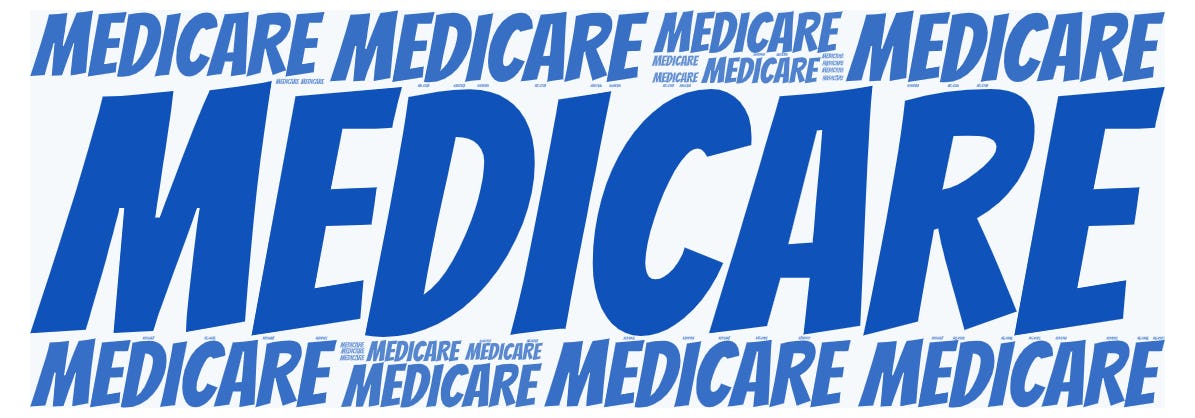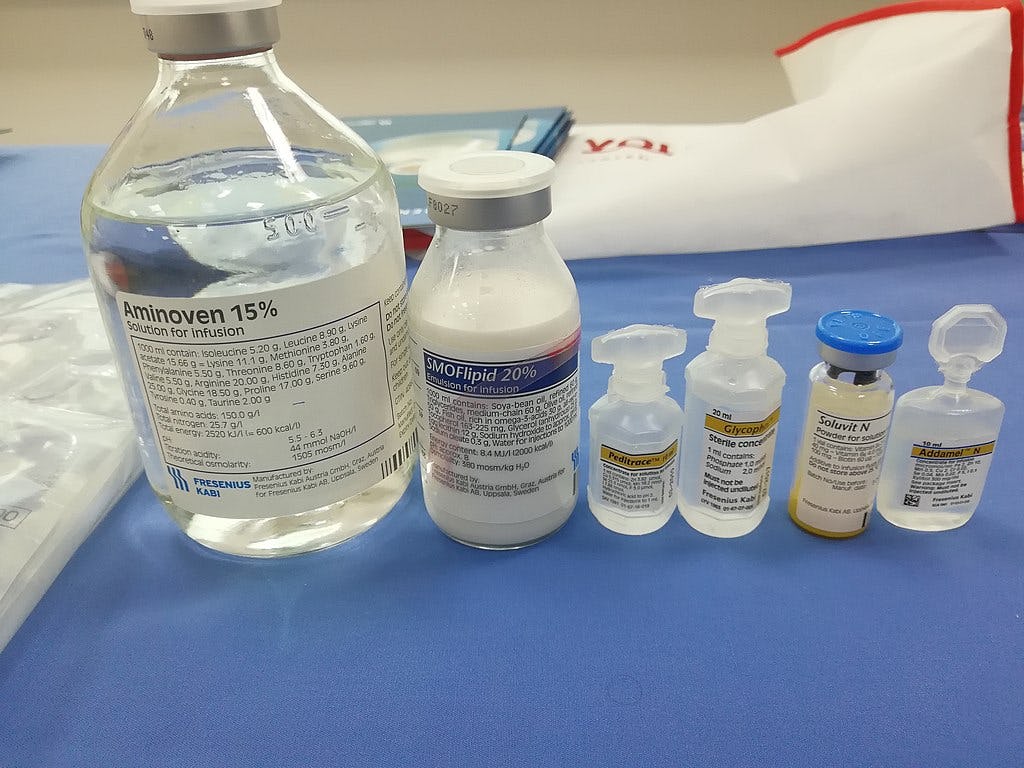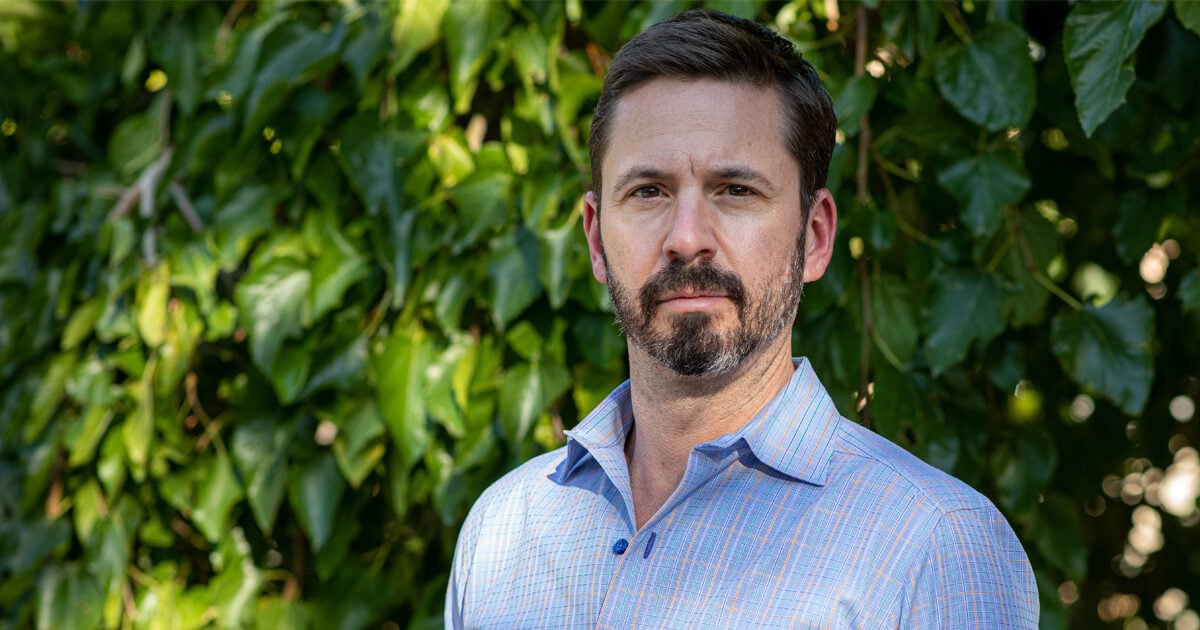"Insurance companies are denying more claims than before and for unusual reasons. Appeals are taking longer and the process is becoming increasingly complex.,, claims that once might have been paid immediately are instead quickly denied " More at KFF Health News ➜
A Comment by MFish

Unconsciousable. Insurers need to find a way to pay claims within the terms of the respective policies. Lean toward paying not nitpicking to deny.








.jpg?fit=crop&w=280&h=280&q=93)




.jpg?fit=crop&w=200&h=200&crop=faces)














 - Copy.jpg?fit=crop&w=280&h=280&q=93)




